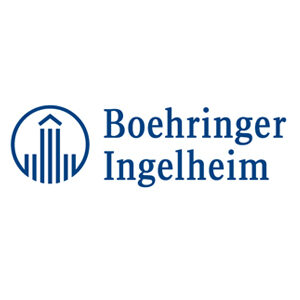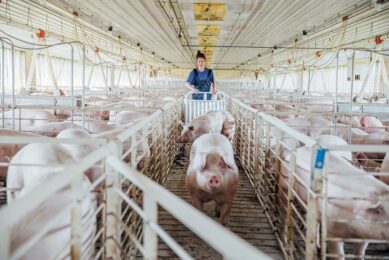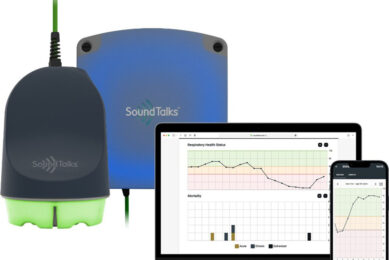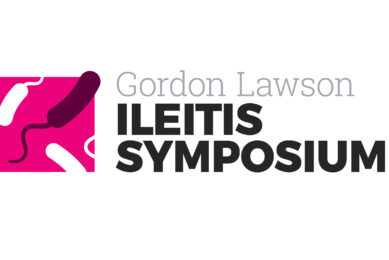Busting 5 myths around biosecurity in pig farming
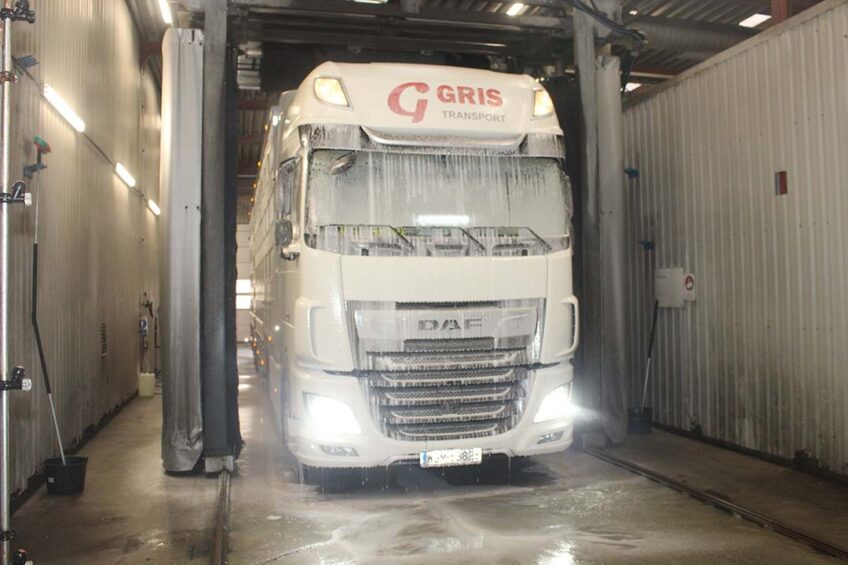
Biosecurity in swine production is pivotal for maintaining herd health, preventing the introduction and spread of infectious diseases, and ensuring the economic viability of the pork industry. Despite its importance, several myths surround biosecurity practices, leading to misunderstandings and sometimes inadequate protection measures. Here are 5 common myths.
 Biosecurity is only necessary for large commercial farms
Biosecurity is only necessary for large commercial farms
One of the most widespread myths is that biosecurity measures are only essential for large-scale commercial pig farms. This misconception stems from the belief that infectious diseases are a problem exclusive to large herds due to their density and scale of operations. In reality, biosecurity is crucial for farms of all sizes.
Small-scale operations and backyard pig keepers are also at risk of disease outbreaks, which can be equally devastating. See how African Swine Fever (ASF) has impacted backyard farms in Asia and Europe. Diseases do not discriminate based on the size of the operation; implementing biosecurity practices is vital for protecting pigs at every level of production.
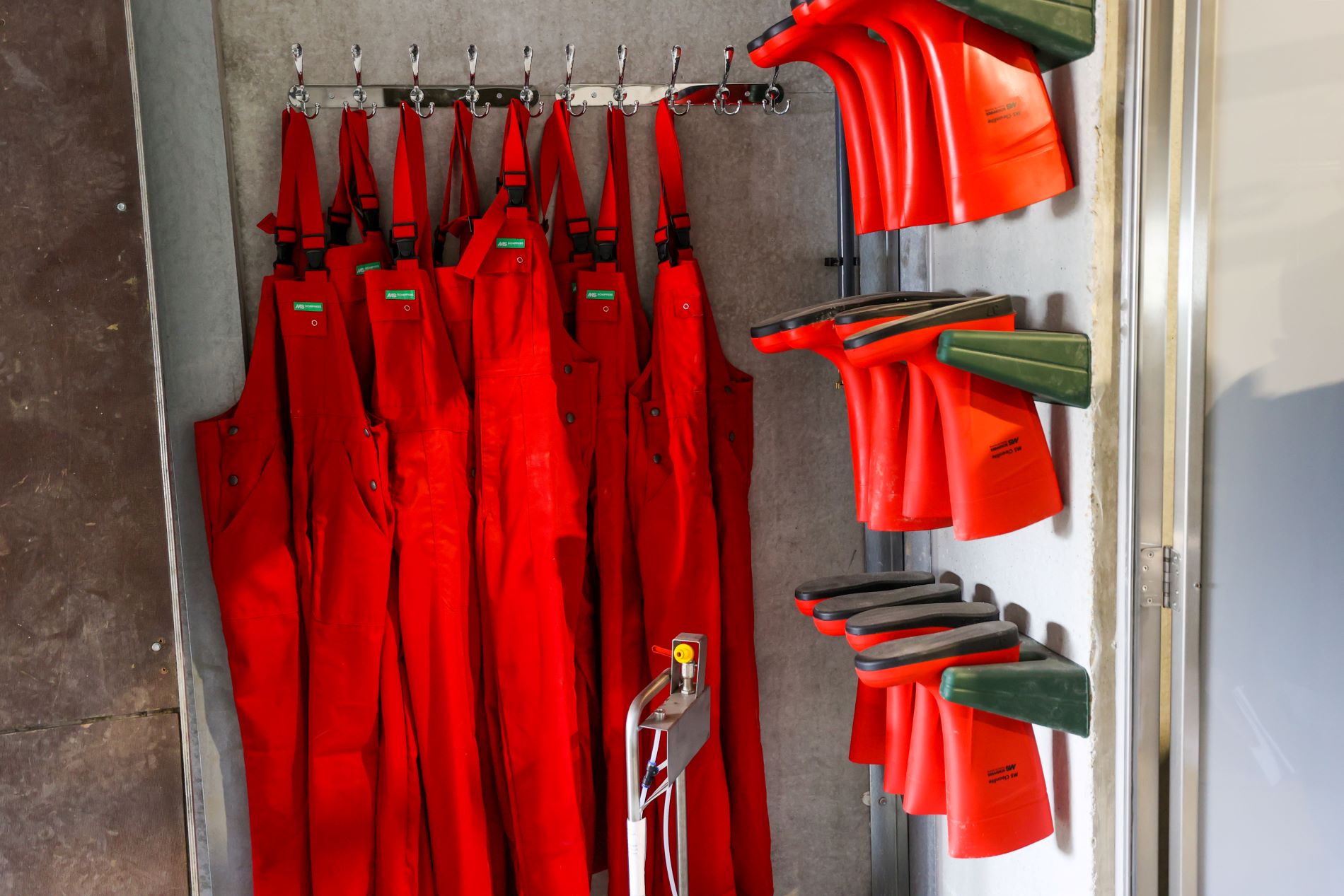
 Vaccination alone is sufficient for disease prevention
Vaccination alone is sufficient for disease prevention
Vaccination is a critical component of disease control in swine production. However, the belief that vaccination alone is enough to prevent disease outbreaks is a myth. While vaccines play a significant role in building herd immunity against specific pathogens, they are not foolproof and cannot guard against all diseases.
Effective biosecurity encompasses a broad range of practices, including quarantine procedures for new arrivals, sanitation measures, and controlled access to pig housing. These practices work in tandem with vaccination to create a comprehensive disease prevention strategy.
 Biosecurity practices are too expensive for small operators
Biosecurity practices are too expensive for small operators
Another common myth is that biosecurity practices are prohibitively expensive, particularly for small operators. While it is true that some biosecurity measures require initial investment, many effective practices are relatively low-cost or even cost-neutral.
For example, implementing strict farm entry protocols, practicing good personal hygiene and maintaining clean feeding and watering equipment can significantly reduce disease risk without substantial financial outlay. Moreover, the cost of implementing biosecurity measures is often far less than the economic losses associated with a disease outbreak.
 Indoor housing is the only way to ensure biosecurity
Indoor housing is the only way to ensure biosecurity
The belief that keeping pigs in indoor facilities is the only way to ensure biosecurity is another myth that needs addressing. While indoor housing can provide better control over environmental factors and minimise exposure to wildlife and external pathogens, it is not the sole method of achieving biosecurity.
Outdoor or pasture-based systems can also implement effective biosecurity measures, such as rotational grazing to prevent soil contamination, secure fencing to deter wildlife, and designated areas for visitors to prevent the introduction of diseases. The key is to adapt biosecurity practices to the specific housing system and operational context.
 Once implemented, no further adjustments to biosecurity practices are necessary
Once implemented, no further adjustments to biosecurity practices are necessary
Finally, there is a myth that once biosecurity practices are in place, they do not need to be revisited or adjusted. That static approach ignores the dynamic nature of infectious disease challenges and the constantly evolving landscape of swine production.
Pathogens can develop resistance to treatments, new diseases can emerge, and changes in farm operations or the surrounding environment can introduce new risks. Regularly reviewing and updating biosecurity measures in response to these changes is essential for maintaining their effectiveness. Continuous improvement, based on the latest scientific research and industry best practices, ensures that biosecurity protocols remain robust in the face of new challenges.
Debunking the myths
In conclusion, debunking these myths is essential for fostering a more accurate understanding of biosecurity in swine production. Biosecurity is not exclusive to large farms, nor is it prohibitively expensive or ineffective against certain transmission modes. Vaccination, while important, is just one piece of the puzzle, and outdoor systems can be just as secure as indoor ones with the right practices in place.
By embracing the realities of effective biosecurity, pig farmers can better protect their herds, sustain their operations, and contribute to the overall health of the pork industry. The commitment to debunking myths and implementing science-based biosecurity measures is crucial for the continued success and sustainability of swine production, worldwide.


